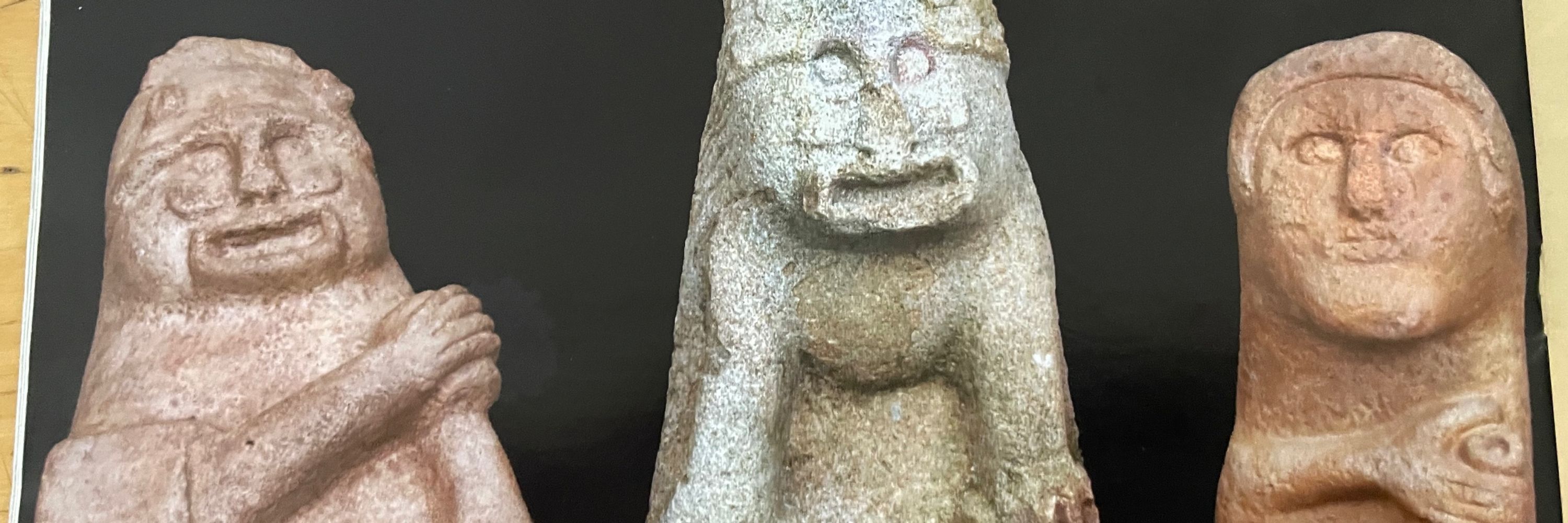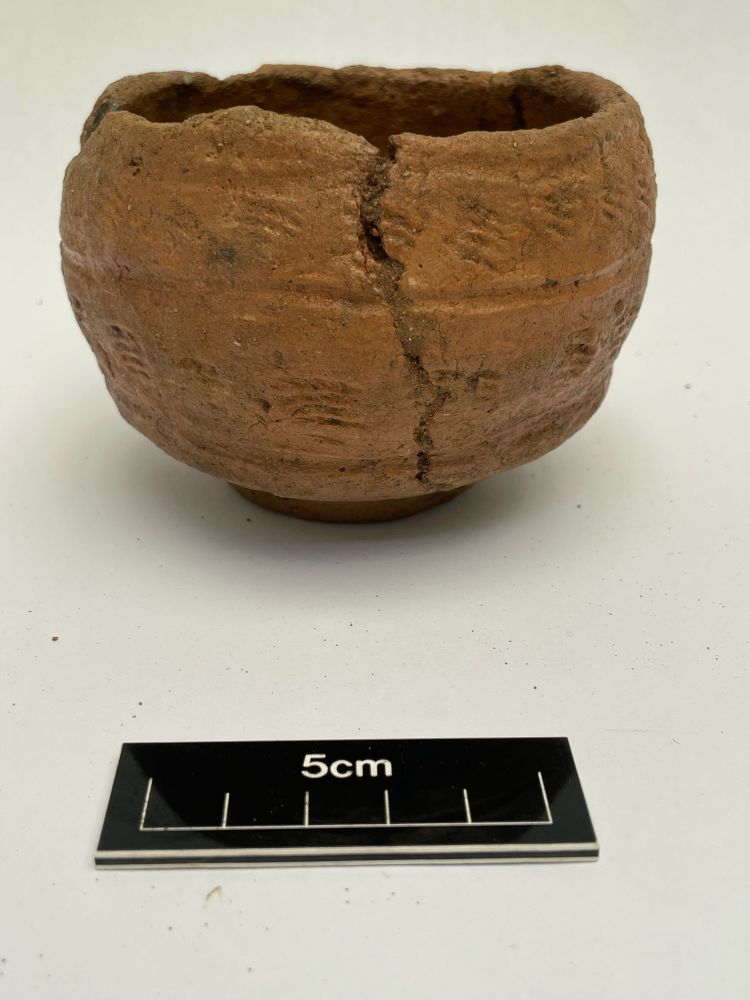


#rockart #megalith #archaeology


#rockart #megalith #archaeology







As the Bathing Place was beside a major shipping lane, fatalities were frequent, with victims as young as six.
It, like the Intercepting Hospital, was also beside the main sewage plant outflows.
This is the hospital (in the photo).

As the Bathing Place was beside a major shipping lane, fatalities were frequent, with victims as young as six.
It, like the Intercepting Hospital, was also beside the main sewage plant outflows.
This is the hospital (in the photo).
This is Belfast Lough around 1900.
The West and East Twin Islands were created by dredging to make it safer for shipping to navigate the channel into Belfast port. Not dystopian, obviously.
An Intercepting Hospital was added...

This is Belfast Lough around 1900.
The West and East Twin Islands were created by dredging to make it safer for shipping to navigate the channel into Belfast port. Not dystopian, obviously.
An Intercepting Hospital was added...
Meet HMS Gibraltar. A first-rate 101-gun ship of the line. From 1872-99 it lay in Belfast Lough as a 'training ship'. It was a reformatory for boys 10-14 (some younger), with the presence to 'training' exposed by the lack of a sea-going tender...

Meet HMS Gibraltar. A first-rate 101-gun ship of the line. From 1872-99 it lay in Belfast Lough as a 'training ship'. It was a reformatory for boys 10-14 (some younger), with the presence to 'training' exposed by the lack of a sea-going tender...
Dates 2150-1950 cal BC. From a site in County Meath.
#archaeology


Dates 2150-1950 cal BC. From a site in County Meath.
#archaeology


Today the medieval bridge and later fort lie hidden and long forgotten somewhere beneath the junction of the Mountycoller Ave and North Queen Street in #Belfast (as shown in the picture).

Today the medieval bridge and later fort lie hidden and long forgotten somewhere beneath the junction of the Mountycoller Ave and North Queen Street in #Belfast (as shown in the picture).

#archaeology


#archaeology
This also looks at how similar gold objects developed over much of Atlantic Europe in 2300-2000 BC.
#archaeology

This also looks at how similar gold objects developed over much of Atlantic Europe in 2300-2000 BC.
#archaeology
You can read Goulburn's correspondence contesting the significance of a gold lunula found in Sligo, at Moytirra, a site that...

You can read Goulburn's correspondence contesting the significance of a gold lunula found in Sligo, at Moytirra, a site that...
Goulburn...

Goulburn...










